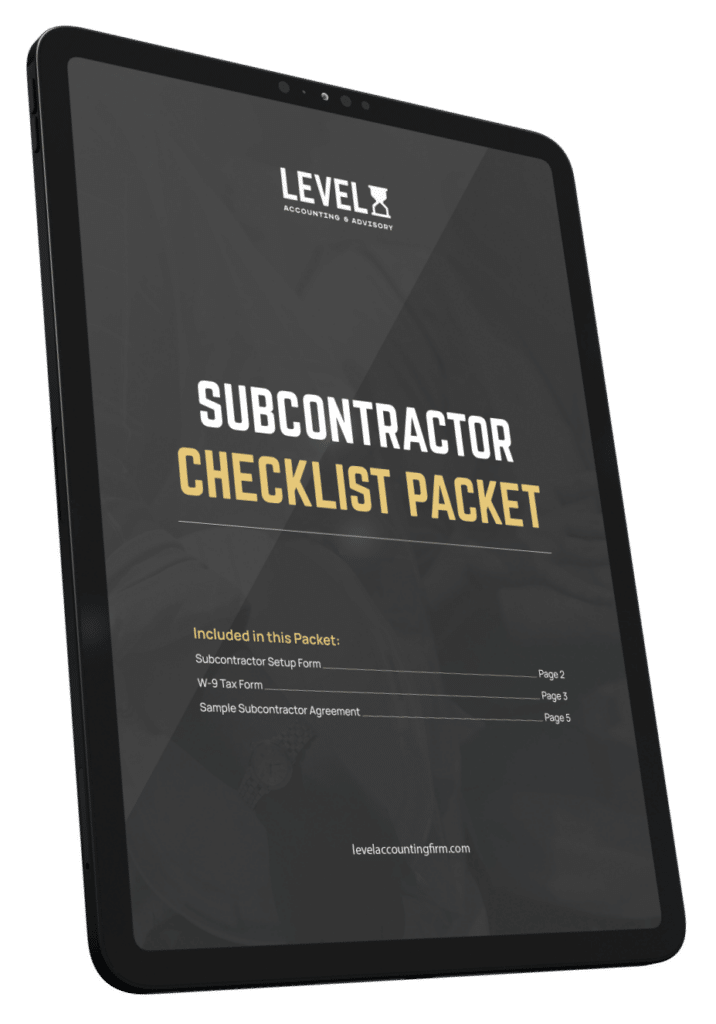Earlier this year, the Commonwealth signed into law a statute that provides paid family and medical leave (PFML) benefits to all Massachusetts workers, and the tax will be withheld from employee paychecks beginning October 1, 2019. This new law establishes a system for paid family leave of up to 12 weeks to care for a family member and up to 20 weeks for your own illness for all employees, and will impact virtually all Massachusetts employers.
We’re sure you’re aware of the basics, like when it goes into effect (October 1st) and what it can be used for (family leave of up to 12 weeks and medical leave of up to 20 weeks). If you haven’t already, read our blog post on What you need to know about the Paid Family & Medical Leave Law in Massachusetts.
As additional information is released from the State about this new law, we’ve been fielding tons of questions from our clients and colleagues. Here are some of the most frequently-asked questions about the PFML and its impact on some real-world scenarios:
Q: My company does not run payroll but I pay subcontractors, does the PFML law apply to me?
A: Yes! Because you have 0 employees and pay “x” number of subcontractors, your subcontractors are considered “covered individuals” and because they make up more than 50% of your payroll, you are required to pay the tax on their behalf.
Q: How do I determine which subs need to be paid?
A: Collect W-9s for each sub to determine their entity type. You only need to collect tax for Sole Proprietors.
Q: Are Single Member LLCs counted as sole proprietors?
A: For the purposes of counting your workforce, professional corporations (PCs), Limited Liability Companies (LLCs), Sole Member LLCs, partnerships, and corporations are not individuals and should not be included in your count, even if you make payments to them by 1099-MISC. Those types of business entities should not have withholdings taken by an employer.
Q: How is the workforce count determined for a new employer?
A: You should make a good faith estimate as to what you expect your payroll will look like over the next 12 months.
Q: How do I pay the tax?
A: Contact your payroll provider!


